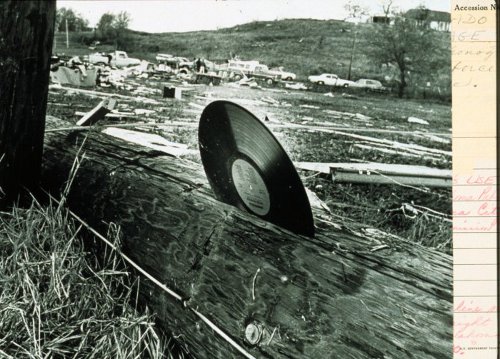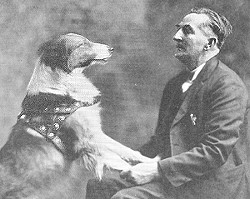
Psycho is certainly suspenseful on the first viewing. But why does it remain so on the second?
“How can there be suspense if we already know how things will turn out?” asks University of Michigan philosopher Kendall Walton. “Why, for example, should Tom and Becky’s plight concern or even interest a reader who knows, from reading the novel previously, that eventually they will escape from the cave? One might have supposed that, once we have experienced a work often enough to learn thoroughly the relevant features of the plot, it would lose its capacity to create suspense, and that future readings or viewings of it would lack the excitement of the first one. But this frequently is not what happens.”
The paradox extends to music. Why does a crescendo continue to “work” on repeated listenings? Why does it still move us?
(Kendall Walton, “Fearing Fictions,” The Journal of Philosophy 75:1 [January 1978], 26)






